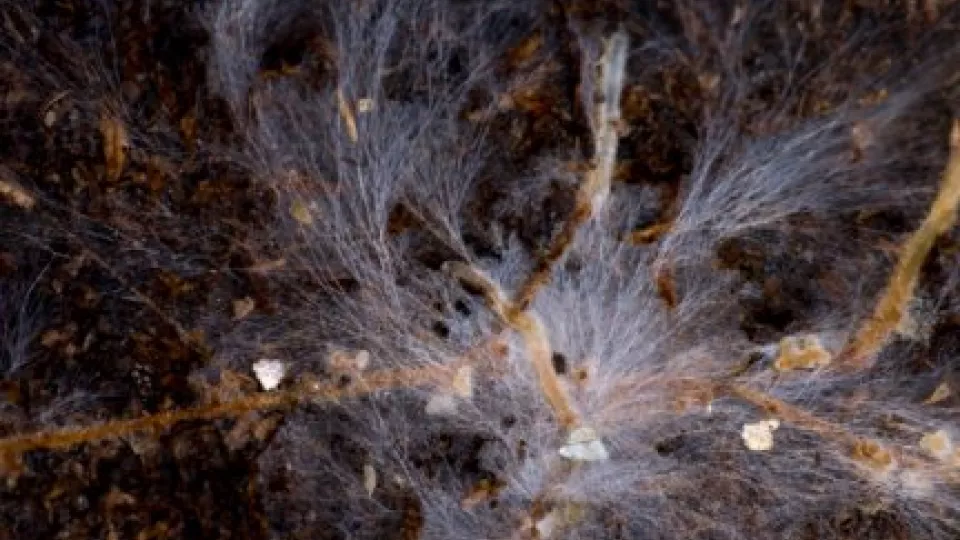Most trees live in symbiosis with fungi in the soil. This association is called mycorrhiza and means that the fungi help the trees to absorb nutrients from the soil by delivering nutrients like nitrogen and phosphate directly to the tree roots. In exchange, the fungi receive energy in the form of carbohydrates that the tree produces in its leaves.
“Mycorrhizae have played a key role in the development of life on earth. Without them the first plants could not have become established on land”, said Professor Anders Tunlid from Lund University.
A large number of researchers from Europe and the US have now sequenced the genomes of 18 different species of fungus. The study shows that mycorrhizae have originated several times during the evolutionary history, when free-living fungi have developed mechanisms to force their way through plants’ natural defence mechanisms. This has happened in many different ways.
“We don’t know why this is. However, it is probably a reflection of the fact that evolution started out from free-living fungi several times and that symbiosis developed in interaction with specific host plants over a long period of time”, said Anders Tunlid.
The present study also shows that in the course of evolution mycorrhizal fungi have lost many of the genes that their free-living relatives have. These genes are used to break down dead organic matter in the soil, a task that mycorrhizal fungi no longer need to undertake because they receive their carbohydrates from the trees. However, the loss of these genes also means that the fungi are dependent on the sugar that comes from the trees.
“Without the energy from the trees, mycorrhizal fungi probably could not survive in their natural environment”, said Anders Tunlid.
The research project has been funded by the Joint Genome Institute (JGI) at the US Department of Energy. One of the reasons for this investment is the applications that could result from the project. With better understanding of the role of genes and enzymes in symbiosis, it may be possible to develop trees that are able to absorb nutrients more efficiently and produce a greater yield in terms of biomass, according to Anders Tunlid.
Moreover, mycorrhizal fungi are of major importance to the carbon balance on our planet, and the carbon balance in turn plays a decisive role in the greenhouse effect. The fungi keep large quantities of carbon bound in the soil, and the research on them is therefore also interesting from a climate change perspective.
“Perhaps in the future we will see biotechnology methods in which organisms in the soil are stimulated to bind large quantities of carbon, thereby mitigating global warming”, said Anders Tunlid.
Publication: Convergent losses of decay mechanisms and rapid turnover of symbiosis genes in mycorrhizal mutualists
Contact:
Professor Anders Tunlid
Department of Biology, Lund University
+46 46 222 3757, +46 703 140067
Anders [dot] Tunlid [at] biol [dot] lu [dot] se (Anders[dot]Tunlid[at]biol[dot]lu[dot]se)
